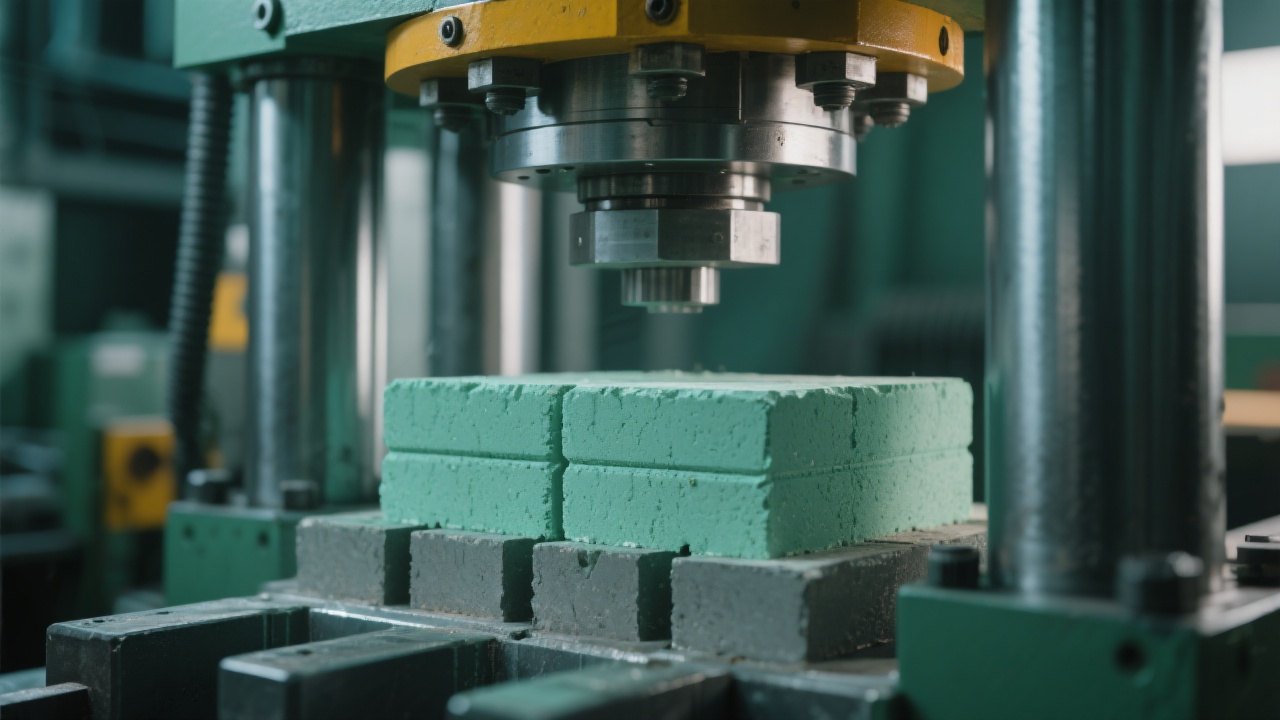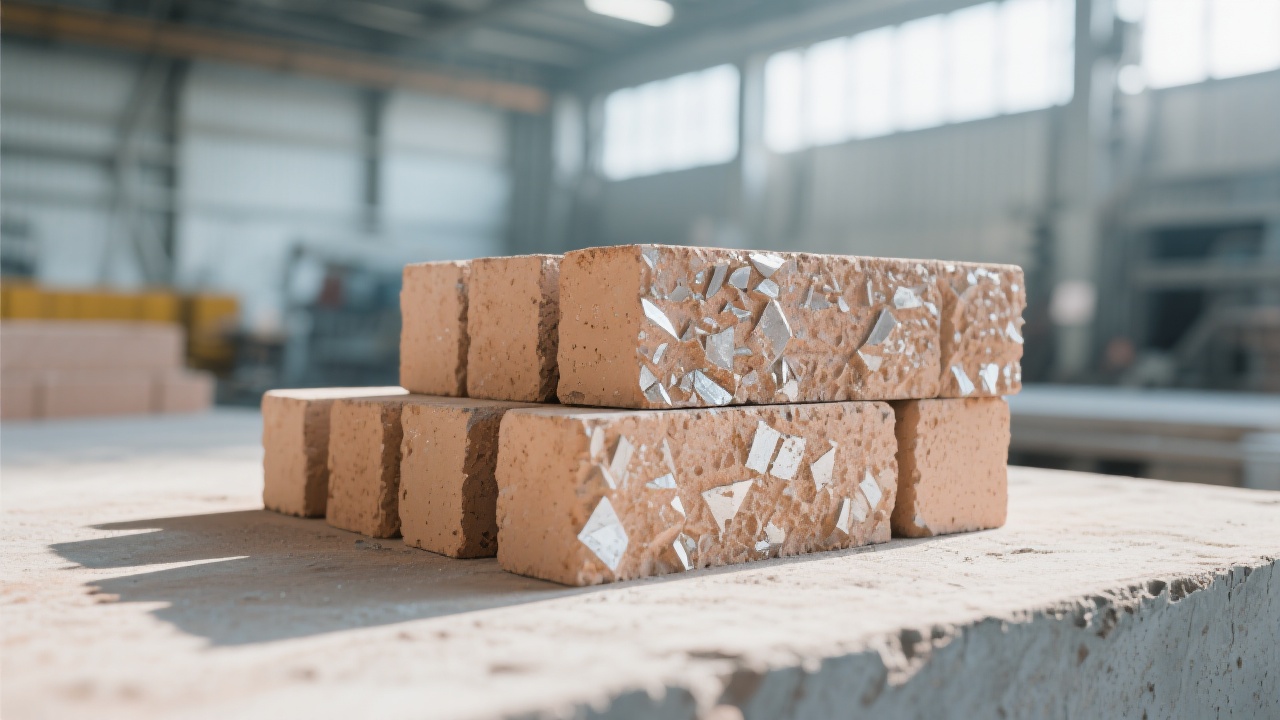
In the steel industry, refractory bricks play a crucial role in furnaces under rapid temperature change conditions. This article aims to provide a comprehensive analysis of the key performance indicators of refractory bricks in such scenarios and offer a guide for material selection.
Several key performance indicators are essential for refractory bricks in rapid temperature change conditions. Cold crushing strength is one of them. A high cold crushing strength ensures that the refractory bricks can withstand the mechanical stress during the operation. For example, a refractory brick with a cold crushing strength of over 50 MPa can better maintain its shape and integrity in the furnace.
High load - softening temperature is another critical factor. It represents the temperature at which the refractory brick begins to deform under a specific load. A higher load - softening temperature, such as above 1600°C, is required to prevent the bricks from deforming under the high - temperature and high - load environment in the furnace.
Creep resistance is also important. Creep is the slow deformation of materials under a constant load at high temperatures. Good creep resistance can prevent the refractory bricks from gradually deforming over time, which is crucial for the long - term stability of the furnace lining.
Thermal shock resistance is perhaps the most significant performance indicator in rapid temperature change conditions. Refractory bricks need to be able to withstand sudden temperature changes without cracking or spalling. For instance, a refractory brick that can endure at least 30 thermal shock cycles from room temperature to 1000°C and back is considered to have good thermal shock resistance.

The performance of refractory bricks directly affects the life of the furnace lining. Different furnace types in the steel industry, such as blast furnaces, electric arc furnaces, and ladles, have different temperature and stress conditions. In a blast furnace, where the temperature can reach up to 2000°C, the high load - softening temperature and creep resistance of refractory bricks are of utmost importance. If the refractory bricks do not meet the requirements, the furnace lining may deform or crack, leading to a shorter furnace lining life and increased maintenance costs.
In an electric arc furnace, which experiences rapid temperature changes during the melting process, the thermal shock resistance of refractory bricks becomes crucial. A refractory brick with poor thermal shock resistance may crack after a few cycles of temperature change, reducing the stability of the furnace lining and increasing the risk of furnace shutdown.
| Furnace Type | Key Performance Requirement | Impact on Furnace Lining Life |
|---|---|---|
| Blast Furnace | High load - softening temperature, creep resistance | Poor performance leads to deformation and shorter lining life |
| Electric Arc Furnace | Thermal shock resistance | Poor performance causes cracking and increased shutdown risk |
Advanced manufacturing processes can significantly improve the comprehensive performance of refractory bricks. For example, the use of high - purity raw materials and advanced sintering techniques can enhance the cold crushing strength and load - softening temperature of refractory bricks. Some manufacturers also use additives to improve the creep resistance and thermal shock resistance of refractory bricks.
One real - world example is a steel company that used refractory bricks manufactured with advanced processes. By using these high - performance refractory bricks, the company was able to increase the furnace lining life by 20%, reduce the shutdown frequency by 15%, and save 10% on the overall operating costs.

When selecting refractory bricks for rapid temperature change conditions in the steel industry, steel enterprises should consider the specific requirements of their furnaces. They need to evaluate the performance indicators of different refractory bricks based on the furnace type, temperature range, and mechanical stress. By choosing the right refractory bricks, steel enterprises can optimize the furnace efficiency, reduce the risk of furnace shutdown, and lower the operating costs.
For more information on the selection and application of refractory bricks, you can explore our detailed technical guide.


